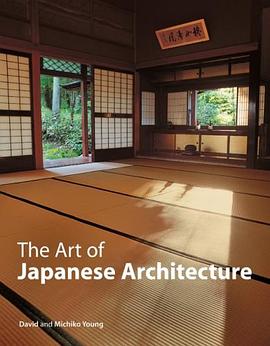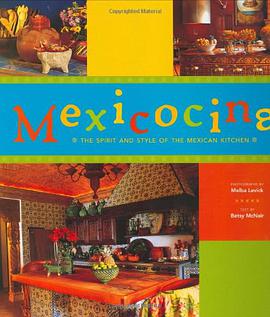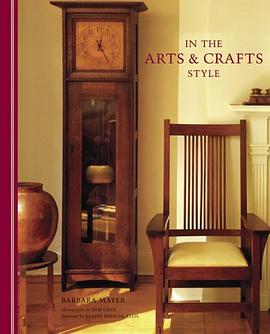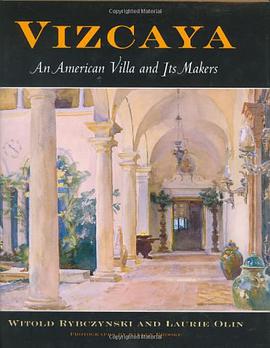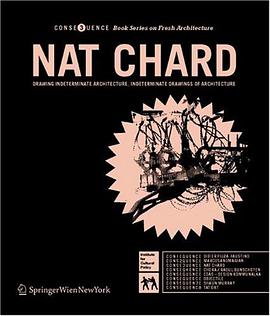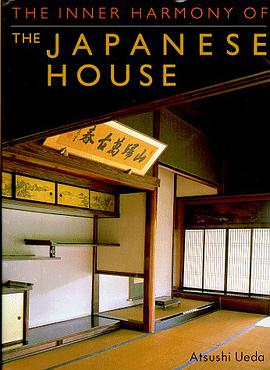

With the possible exception of the woodblock print, no other aspect of Japanese culture has been so widely embraced outside Japan as the traditional Japanese home. Interior decorators, architects, and homeowners from the West have been borrowing from Japanese architecture since Frank Lloyd Wright, yet the fundamentals of the Japanese abode remain something of a mystery. What is the age-old sensibility behind it? Why do luminaries in the field hold it up as one of mankind's most successful blends of function, tradition, and nature? Atsushi Ueda ably answers these questions in Inner Harmony, which became a bestseller in his native Japan and continues to be used in high schools and colleges throughout the country. Breaking down the living space into its primary elements-shoji, partitions, pillars, garden, and so on-Ueda reveals the underlying patterns and hidden harmony that took centuries to evolve: he discusses the ways in which shoji exploit the natural light to create a subdued radiance; the way decorated sliding doors and moveable partitions define one's sense of living space; and the function of a miniature garden as viewed from inside the house as well as out. In the manner of John McPhee and Tracy Kidder, Professor Ueda unravels the concealed concepts at work in the Japanese living space, and brings compelling insights and a long-needed clarity to the subject-all in the best tradition of contemporary literary nonfiction.
具体描述
读后感
评分
评分
评分
评分
用户评价
相关图书
本站所有内容均为互联网搜索引擎提供的公开搜索信息,本站不存储任何数据与内容,任何内容与数据均与本站无关,如有需要请联系相关搜索引擎包括但不限于百度,google,bing,sogou 等
© 2025 book.wenda123.org All Rights Reserved. 图书目录大全 版权所有



